50 Best Movie Special Effects
Amaze your eyeballs with the impossible
Close Encounters Of The Third Kind (1977)
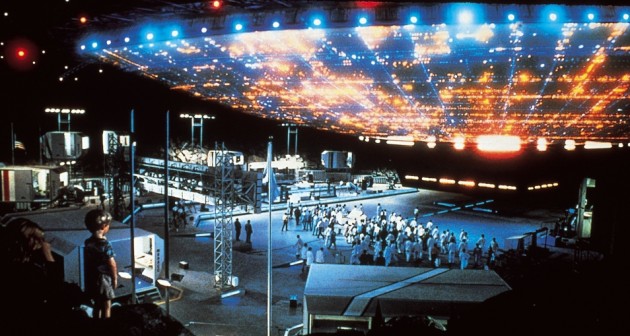
The Effect: The alien mothership lands at Devils Tower in a blaze of light.
Why So Impressive: An amazing line-up (Douglas Trumbull supervising Dennis Muren, Carlo Rambaldi and Ralph McQuarrie) contribute to cinema’s definitive UFO.
Geek Fact: Spielberg had intended the mothership to be dark until he was inspired after driving past a lit-up oil refinery in India.
The Lord Of The Rings: The Return Of The King (2003)
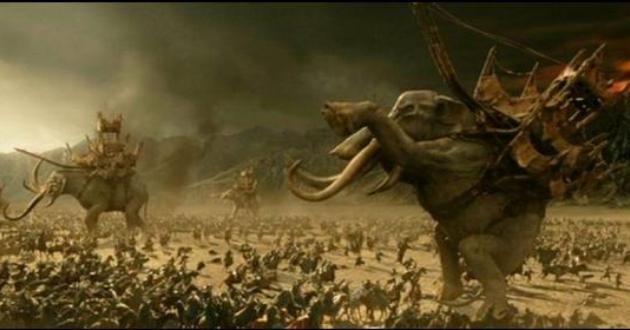
The Effect: Middle Earth goes to war on the Pelennor Fields.
Why So Impressive: With 200,000 combatants, Weta got the most out of its MASSIVE (Multiple Agent Simulation System in Virtual Environment) software, which generates digital crowds.
Geek Fact: MASSIVE even made its way to British telly, allowing the creation of thousands of ‘walking fat’ creatures the Adipose in Doctor Who .
The Matrix (1999)
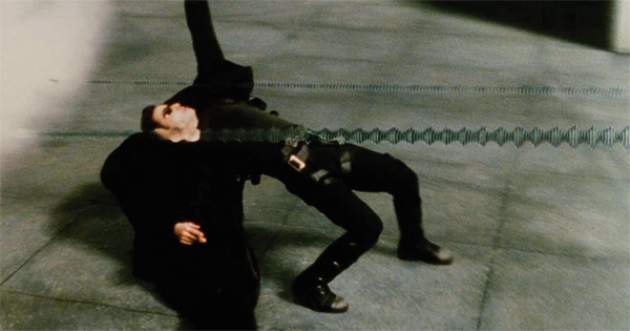
The Effect: Reality dances to a different tune as Neo (Keanu Reeves) dodges bullets and discovers bullet time.
Why So Impressive: Achieved using a complicated arrangement of still cameras, actors on wires, and CGI, within a year everybody was copying it.
Geek Fact: Although the still-camera technique is old, the FX team used 3D visualisation to plan more intricate camera movement than had been previously possible.
The Thing (1982)

The Effect: Disguised as Norris (Charles Hallahan), the shape-shifting Thing’s torso turns into a mouth and its “head” sprouts spider’s legs and scuttles away.
Why So Impressive: Encouraged to push the envelope for gore, FX supervisor Rob Bottin designed such surreal imagery that the script was rewritten to accommodate his ideas.
Geek Fact: Bottin got so ill by working long hours on The Thing that John Carpenter ordered him to go to hospital once he’d finished.
The Lord Of The Rings: The Two Towers (2002)
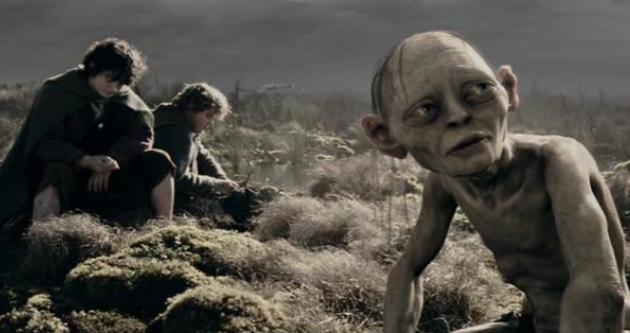
The Effect: Frodo and Sam meet Gollum (Andy Serkis), the dishevelled husk of a man consumed by greed for the One Ring.
Why So Impressive: Originally intended to be composited into the frame, the strength of Serkis’ performance on-set caused Peter Jackson to shoot the actors together and have the FX team animate over the actor.
Geek Fact: Gollum’s pallid skin took four hours per frame to render.
Jurassic Park (1993)
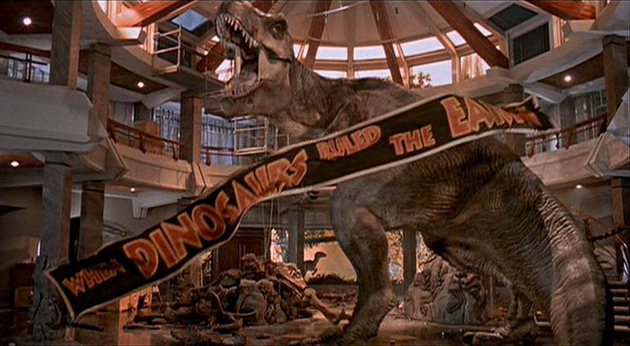
The Effect: Best theme park in cinema history. Dinosaurs!
Why So Impressive: Spielberg assembled a crack team of experts (including Stan Winston and Dennis Muren) to combine animatronics and CGI, and the results are seamless.
Geek Fact: 'Go motion' was originally part of the FX mix but none was used in the finished film.
Bringing all the latest movie news, features, and reviews to your inbox
Avatar (2009)
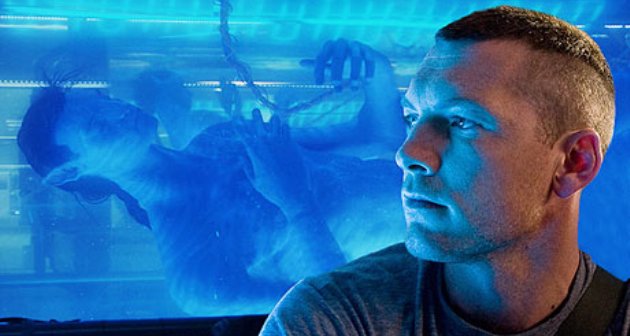
The Effect: (Sam Worthington) goes native as a Na’vi – in 3-D!
Why So Impressive: James Cameron raised the bar for performance capture by shooting his actors in a huge hangar-shaped space called the Volume, all filmed by dozens of cameras.
Geek Fact: Cameron could see rudimentary animation of the actors Na'vi’d-up and interacting with Pandoran landscapes as they were filming.
Star Wars (1977)

The Effect: A spaceship whizzes past…and an even bigger Star Destroyer follows it, lasers blazing.
Why So Impressive: Pretty much the moment that changed FX cinema, this shot became the de facto showreel for Industrial Light & Magic and a harbinger of new possibilities.
Geek Fact: ILM’s original model was 91 centimetres long. For The Empire Strikes Back , a more detailed 259 cm long version was built.
Terminator 2: Judgement Day (1991)

The Effect: Skynet reveals its Terminator upgrade: the T-1000 (Robert Patrick), a shimmering killer made of endlessly versatile liquid metal.
Why So Impressive: CGI transformed Patrick into a walking, talking special effect, capable of shape-shifting through bars and creating pickaxe hands.
Geek Fact: Only 16 minutes of the film required CGI – small fry compared to today’s movies.
2001: A Space Odyssey (1968)

The Effect: Astronaut Dave Bowman (Keir Dullea) flies off beyond the infinite through a multi-coloured star gate.
Why So Impressive: Stanley Kubrick and Douglas Trumbull adapted slit-scan photography techniques to devise a perpetually changing kaleidoscopic effect.
Geek Fact: Trumbull took thousands of photographs showing items as diverse as architectural drawings and crystal structures.


